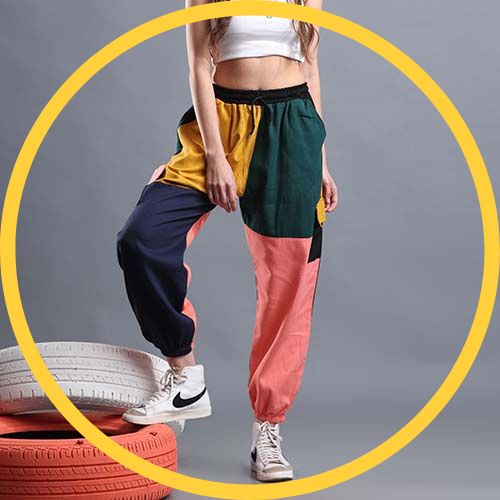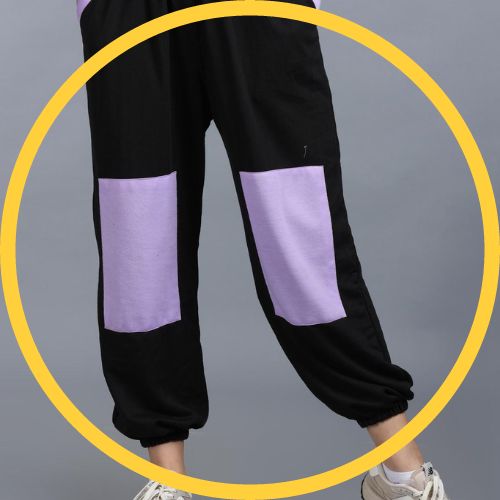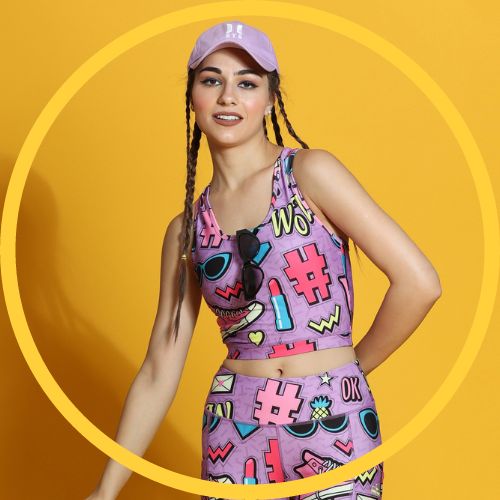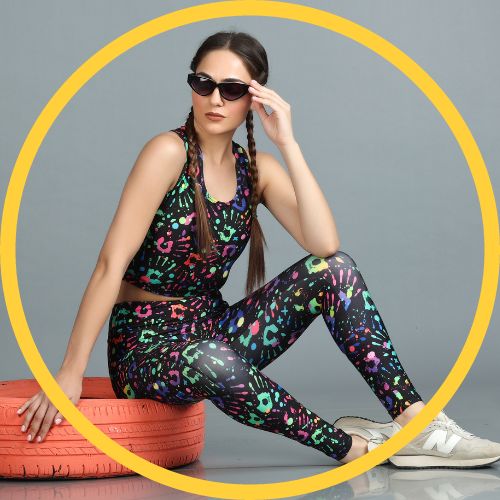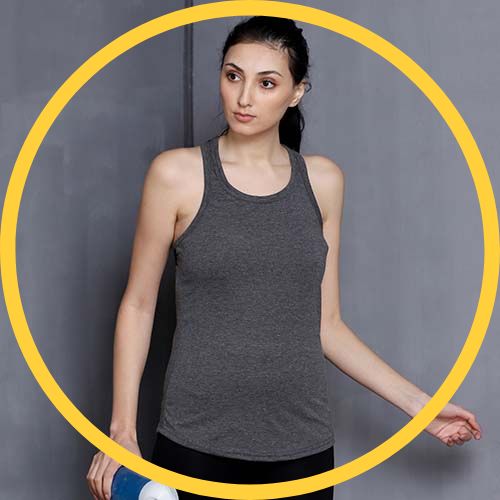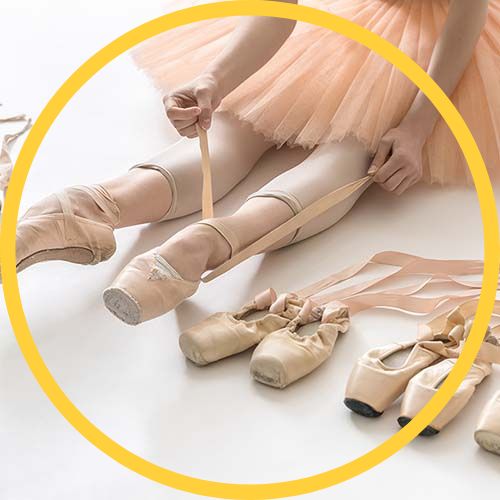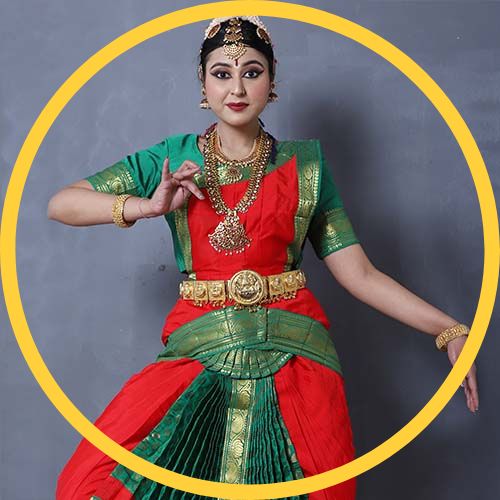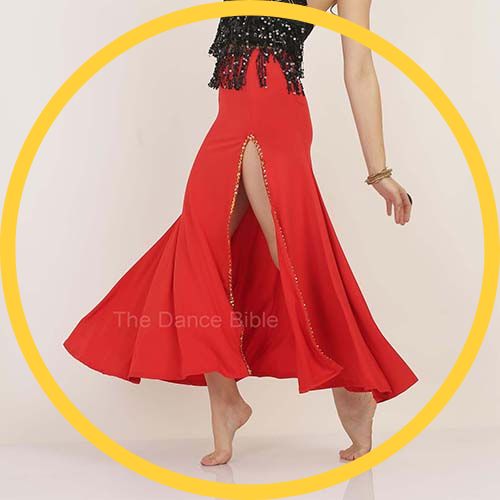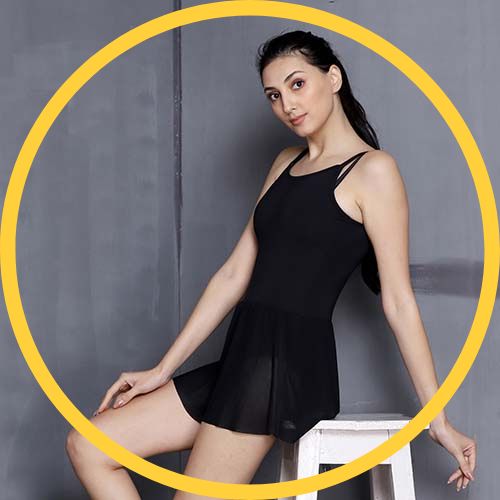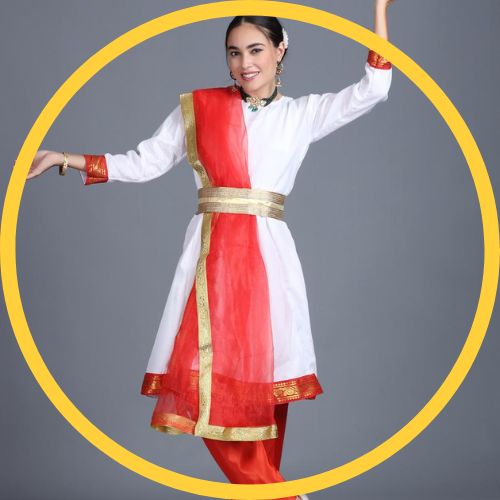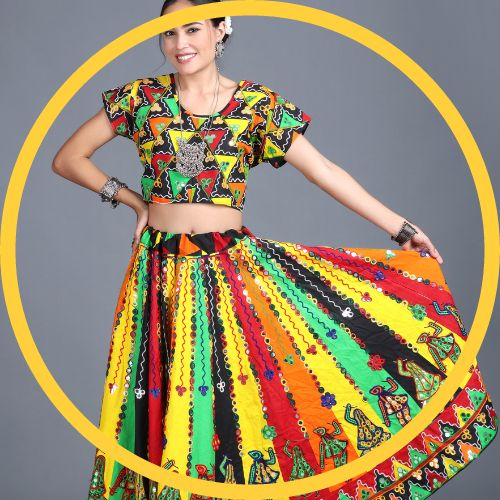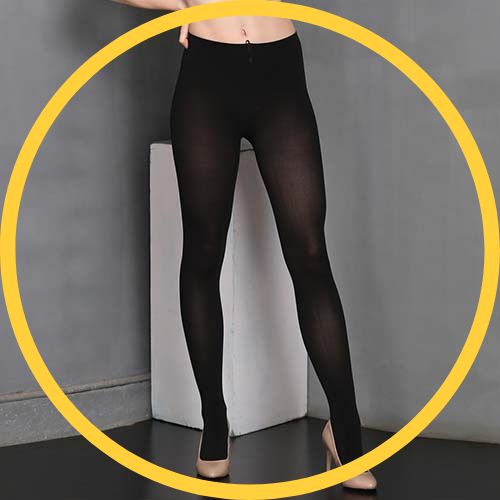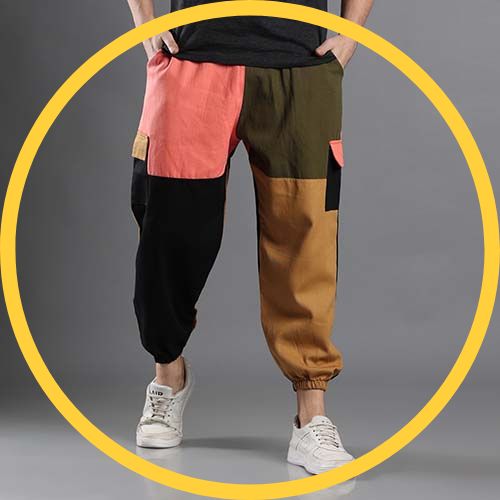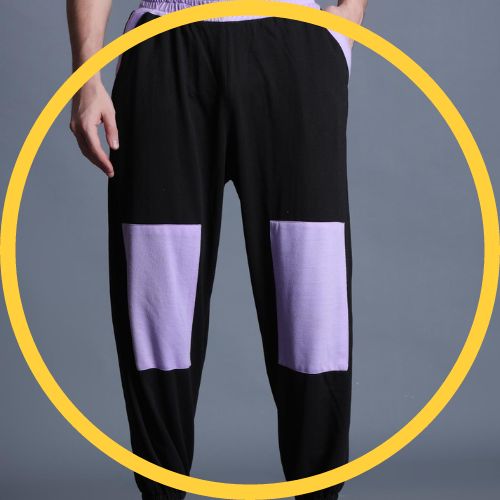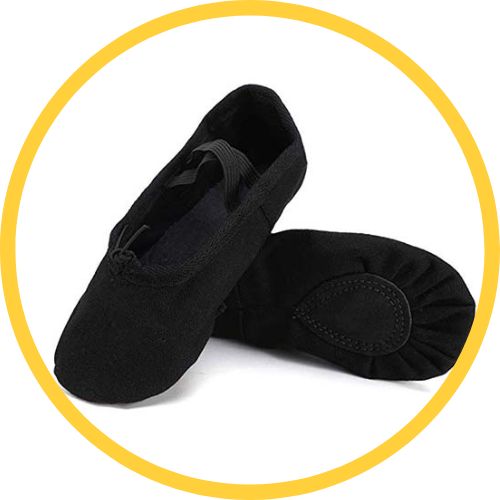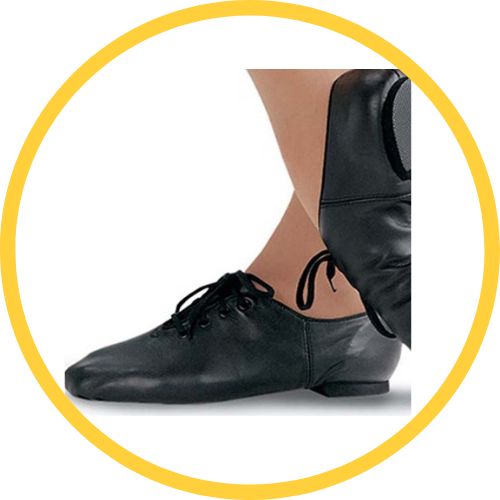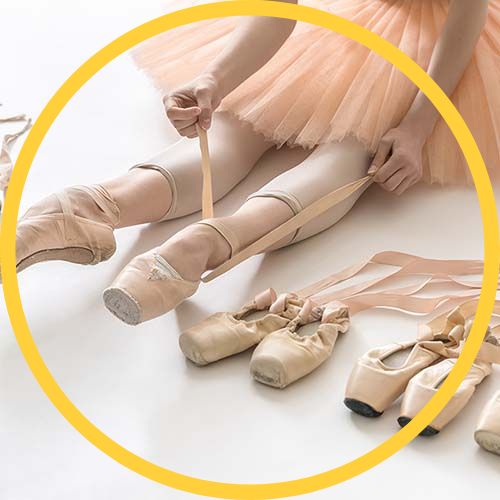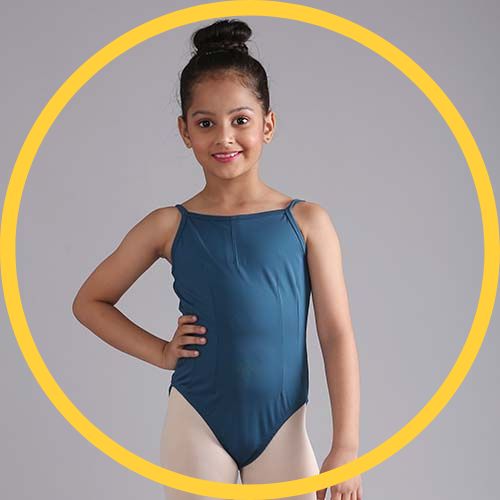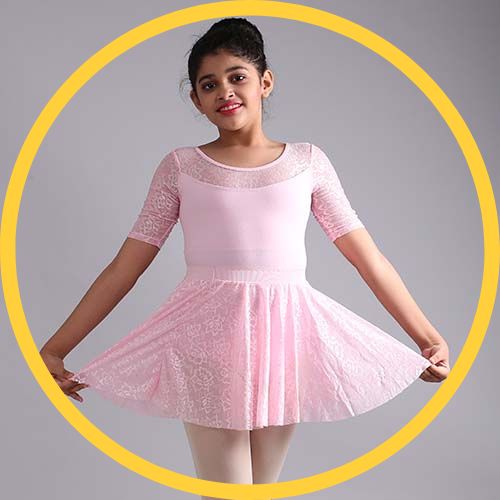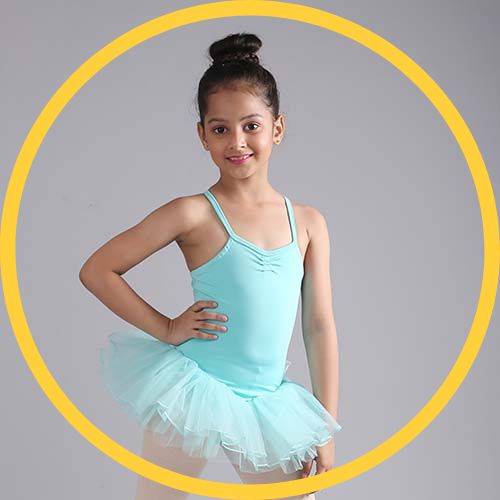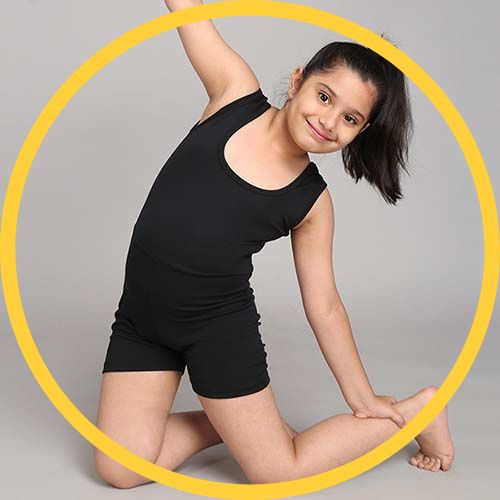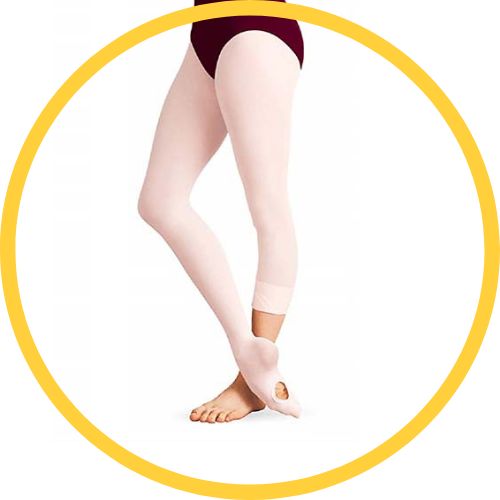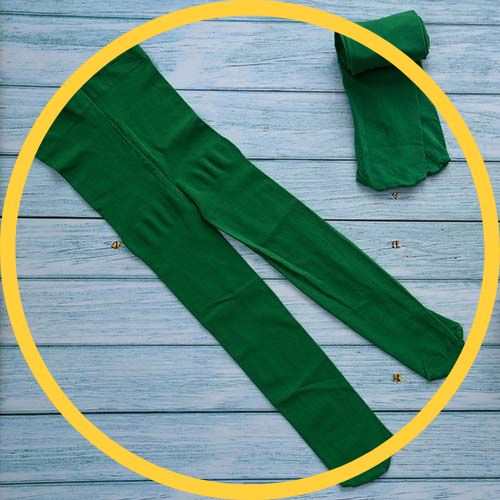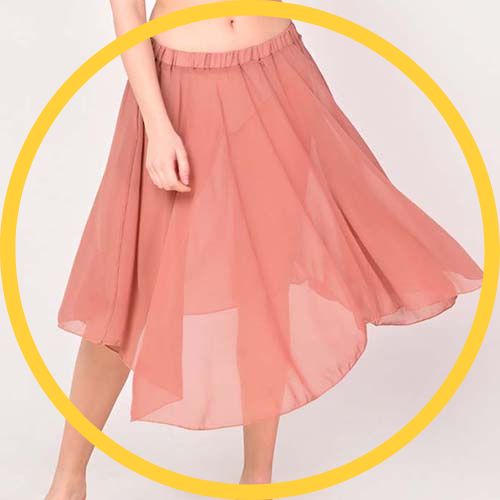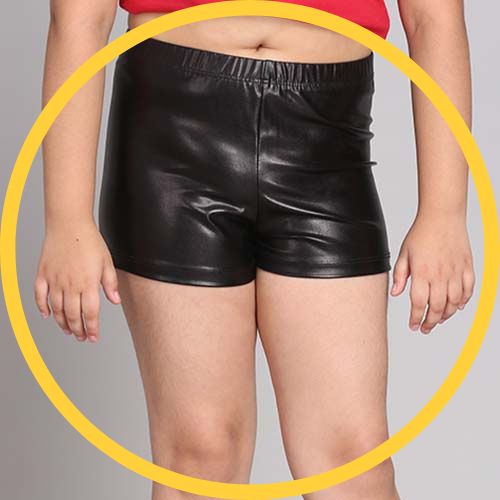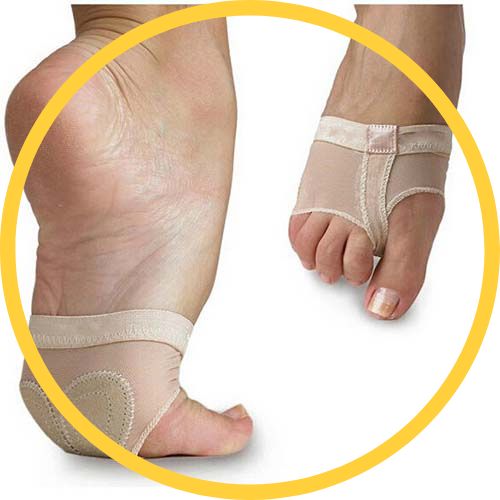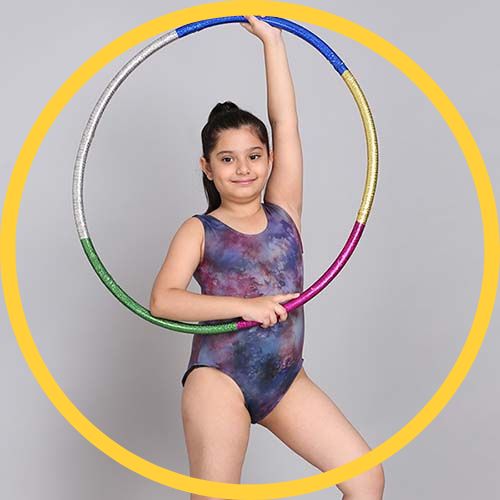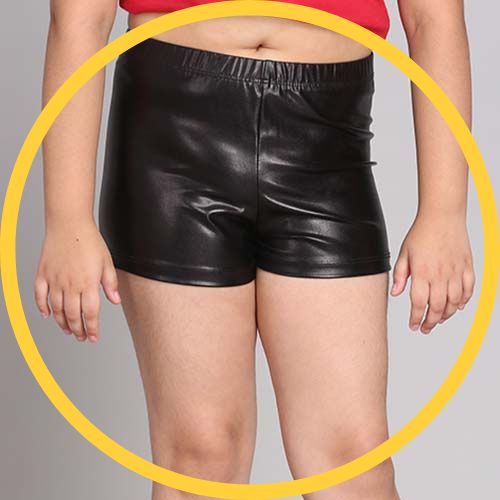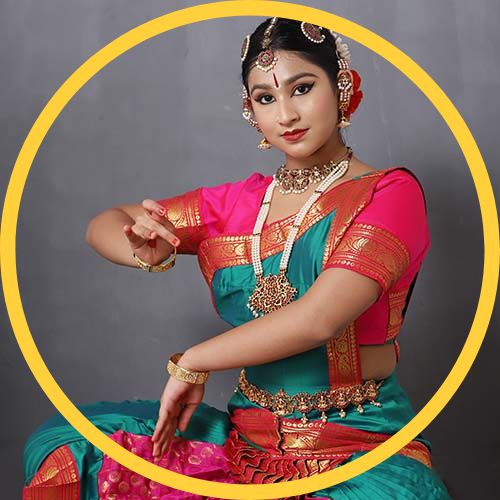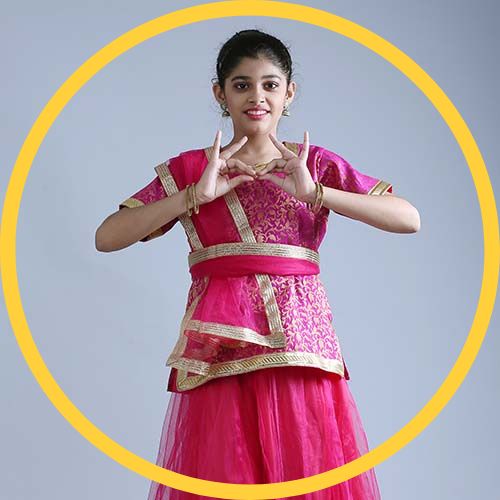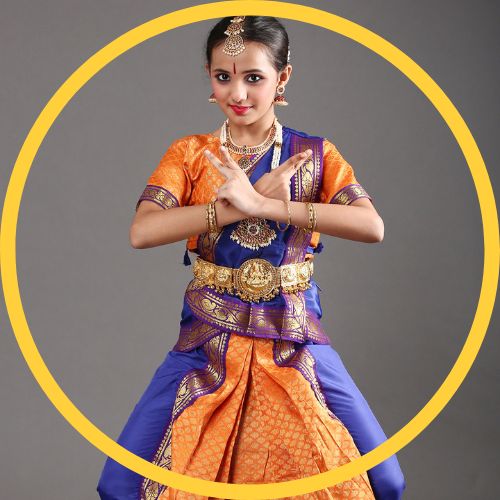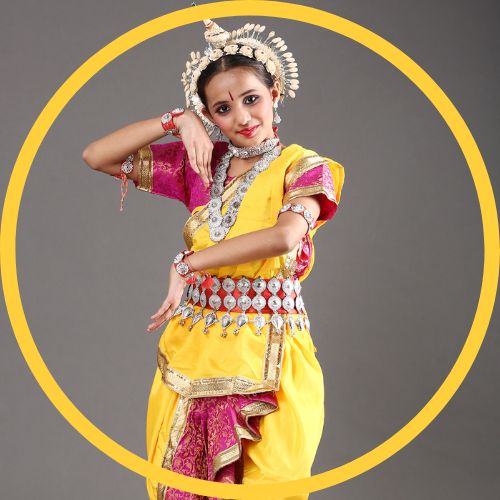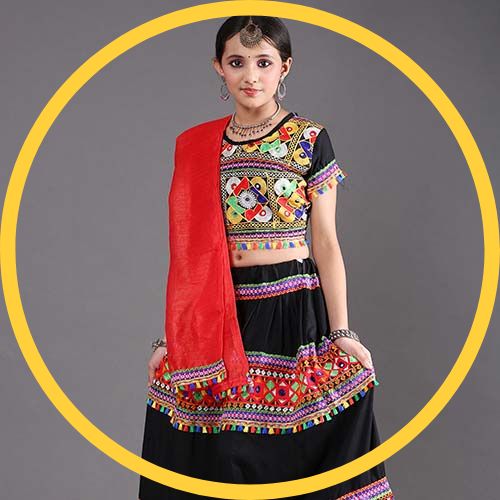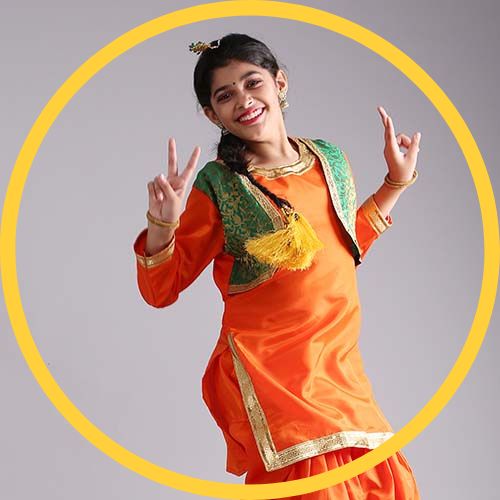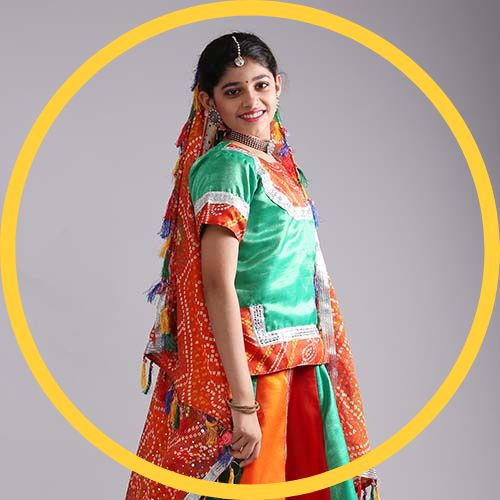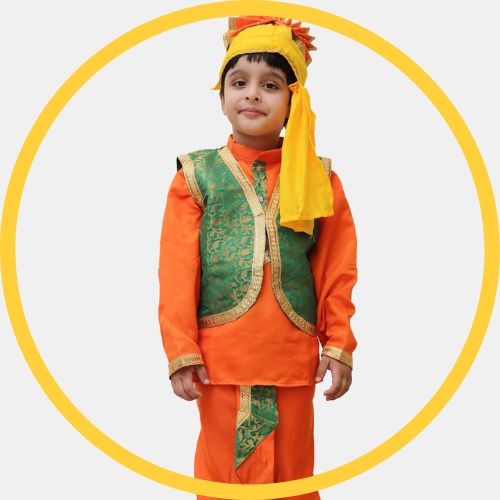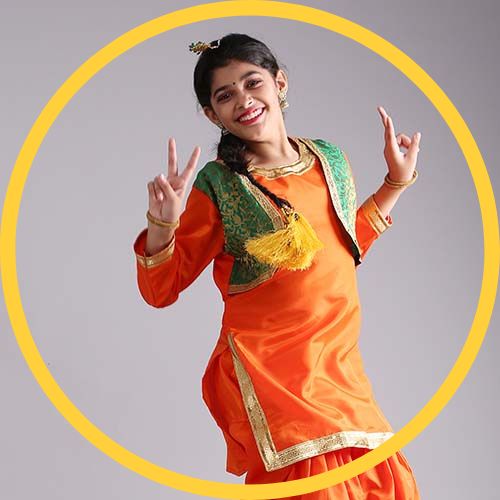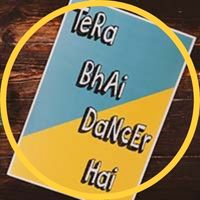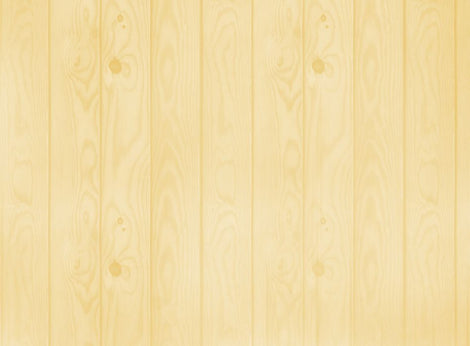From Garba Dance to Bharatanatyam: The Rich Heritage of Indian Dance Costumes

India's rich cultural tapestry is a mesmerizing weave of diverse traditions, geographical influences, and historical epochs. Traditional clothing in India is a testament to this diversity, with each state and community contributing distinctive designs, colors, materials, and accessories that hold profound cultural and symbolic significance. From ornate bridal wear to everyday attire, Indian traditional clothing stands as a monument to the nation's enduring legacy, resilient against the tides of modernity.
Indian culture and history attach a high significance to traditional attire, for it is more than mere fabric; it's a mirror reflecting the identity, values, and history of a nation. Let's explore the multifaceted importance of traditional clothing from various perspectives.
The Significance of Traditional Clothing
Traditional clothing the world over is esteemed for its stunning and graceful appeal. When people don their native attire, they express their love and respect for their culture. For foreigners seeking to immerse themselves in a new culture, wearing traditional clothing is not just a fashion choice; it's a powerful way to convey respect, love, and harmony to the people of that society. However, it's crucial to approach this with care and respect, for traditional clothing often reveals intricate aspects of a society's history.
Indian Folk and Tribal Dances
One of the most enchanting aspects of Indian traditional clothing is its role in folk and tribal dances. These dances are a celebration of every imaginable occasion, from the change of seasons to weddings and various festivals. They are an embodiment of joy, expressed through vibrant and lively performances. Consequently, the attire of Indian folk and tribal dancers is carefully designed to ensure unrestricted limb mobility.
Now, let's take a closer look at some of India's most renowned classical dances, their distinctive costumes, and the physical features of their performers.
Bharatanatyam Attire
Bharatanatyam, one of India's most iconic dance forms, is primarily performed in the southern regions. Dancers in Bharatanatyam attire emulate the appearance of a Tamil Hindu bride. The outfit's centerpiece is a vividly colored sari with a front-pleated, stitched fabric that fans out gracefully with leg and knee movements. Interestingly, the sari in Bharatanatyam is not a single piece but rather a composite of various textile fragments.
To complete the ensemble, dancers adorn themselves with jewelry around the neck, nose, ears, and head. A jeweled ornament secures the pallu, or tail end of the sari, at the waist as it gracefully crosses over one shoulder and securely covers the back. The hair is styled with a gajra or a tight bun adorned with flowers, while eyes are highlighted to catch the audience's gaze. As the dancers move, the ghungroos on their feet add rhythmic music to the performance.
Anarkali Costume
The Anarkali suit, inspired by the famed dancer Anarkali who performed in Emperor Akbar's court during the Mughal dynasty, exquisitely reflects the blend of Indo-Persian forms. This attire is a perfect choice for Kathak performances set in historical contexts. With its billowing kurta and closely fitting churidar (trousers), it creates a visually harmonious look that complements the delicate footwork often seen in Kathak.
Kathak, a dance style that flourishes in Jaipur, Lucknow, and Banaras, is performed by both Muslims and Hindus. While Hindu Kathak dancers typically wear a sari or a long skirt wrapped around the waist, Muslim dancers may wear variations of the Anarkali costume.
Ghagra Choli: A Riot of Colors
The Ghagra Choli, popular in the Indian states of Rajasthan, Gujarat, Madhya Pradesh, and many others, is a vibrant and lively ethnic outfit for women. It combines the ghagra or lehenga (a long skirt) and the choli (blouse). Its origin can also be traced to Pakistani provinces such as Punjab and Sindh.
Gujarati clothing is renowned for its vivid colors and style. These Ghagra Choli costumes often feature intricate zari embroidery and sequin embellishments that capture the audience's attention and showcase the nation's rich cultural diversity.
The Ghagra Choli is especially significant during Navratri celebrations when it transforms into a symbol of devotion and exuberance. These costumes, adorned with mirrors and colorful threads, come alive as people gather for the Garba dance, creating a mesmerizing spectacle of color and rhythm. The rhythmic swirls and footwork of the Garba dancers are perfectly complemented by the twirls and elegance of the Ghagra Choli, making it a visual representation of the fervor and celebration that Navratri embodies.
Dhoti Kurta: The Essence of Tradition
The dhoti, a traditional garment in the Indian subcontinent, is a form of sarong that is knotted between the legs to create the appearance of trousers. It can be worn loosely or with other, more closely fitted clothing. The dhoti is a staple among men in various traditional Indian dances and is a representation of the country's deep-rooted traditions.
Wearing a dhoti is akin to what the saree represents for women—traditional attire worn at both secular and religious functions. On auspicious occasions, a yellow silk dhoti called a pitambar is often worn.
Gidda: A Celebration of Punjab
Gidda, a lively and exuberant dance form from Punjab, has its own distinctive costume that complements the vibrant and energetic nature of the dance. Often performed by women, Gidda is a celebration of life, and the attire worn by the dancers reflects this joy.
In Gidda, women typically wear a kurta pyjama ensemble. The kurta, a long tunic, is adorned with intricate embroidery and comes in a variety of colors, ranging from bright and cheerful hues to more traditional tones. The pyjama, or loosely fitted trousers, provide freedom of movement, allowing the dancers to perform the intricate footwork and twirls that are characteristic of Gidda.
The ensemble is often paired with a colorful dupatta and a jacket, which adds an element of grace and complements the overall look. Jewelry, including bangles, necklaces, and earrings, further enhances the vibrancy of the Gidda costume.
In conclusion, traditional Indian clothing, a living embodiment of cultural heritage, plays a significant role in various traditional dances. These costumes are not just garments; they are storytellers of history, culture, and the identity of a nation. When dancers don these ensembles, they not only captivate their audience with their performances but also transport them to the heart of India's diverse and rich cultural tapestry. Through the vibrant threads and elegant weaves of traditional clothing, India's cultural narrative continues to enthrall the world.








